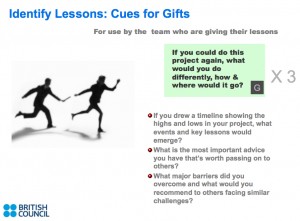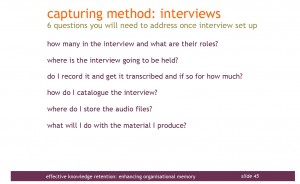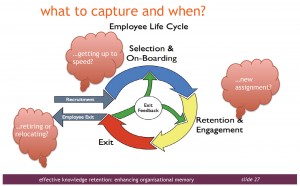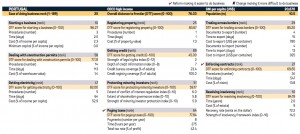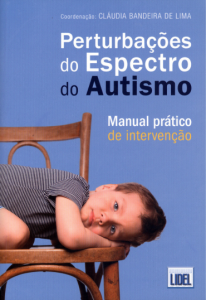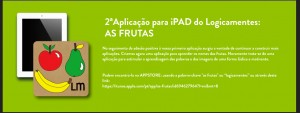Its not unusual at year end to take time out to think about the year ahead and reflect on the year past. Those thoughts are often prompted by conversations with people over copious lunches and dinners about corporate goings on.
 One such event occurred the Saturday between Christmas and the New Year. On a very windy morning (in the dark) I hit a tree that had fallen at Friston Hill on the main South Coast road, walked away from the car unscathed (even though the car was not) and so was in reflective mood about cuts to services, tree felling and pruning.
One such event occurred the Saturday between Christmas and the New Year. On a very windy morning (in the dark) I hit a tree that had fallen at Friston Hill on the main South Coast road, walked away from the car unscathed (even though the car was not) and so was in reflective mood about cuts to services, tree felling and pruning.
My dinner companion that day was recounting a sorry tale from her past which can best be described as the ‘mine is bigger than yours’ syndrome. In short the CEO (whose profile was increasing to the chagrin of some of the board) departed in haste prompting a dramatic fall in the stock price and the departure of some of the core team as well while the Chairman filled the now vacant positions with his own team. I’d seen a similar occurrence at a software business I was close to. There the CEO was deemed (by the incoming Chairman) to be a technologist not a commercial man. So the Chairman who had previously run a business though crucially not in software made appointments over the CEO’s head. Unsurprisingly it ended in tears and the excursion into the US a portend of things to come where investors lose their shirts!
These discussions made me ponder the difficulty of being in a Chief People Officer, Head of Talent Management and Head of Global Communications role since they are all dependent on the machinations above them at board level. In both cases I’ve seen at first hand how people who’ve given so much to an organisation can be ‘erased’ from the payroll and while the payoffs can be significant the scars take a long while to heal.
What it says to me is that few of the value statements that organisations come up with are grounded in the way they conduct themselves internally when the going gets tough. Here’s a few more examples:
#1: ‘no publicity, not now, not ever’
Last year I was contacted by an old friend, For the sake of anonymity I will call him Mohamad. He has a long and distinguished career in finance and recently developed a wonderfully innovative financing mechanism for a blue chip organisation he was advising.
Mohamad approached me since he knew through our joint alumni network that I had helped a number of organisations to surface and then make use of knowledge that could improve the way organisations worked. We talked a lot about the critical knowledge that he’d developed running the project and how it might be used for future financings for the good of his organisation and indeed his country (it was at that level).
Armed with a few ideas on how he might go about capturing how decisions were made and implemented and a possible mechanism for sharing what he’d learned (factional stories) he went off to meet his boss. Imagine his (and my) disappointment when he was told: ‘no publicity (of any form)’. While a simple Google search shows him and the name of the project financed – there was a bit of publicity – nothing at all exists in the public domain or in his organisation on the method. And it seems like it never will despite mission statements that talk about becoming a learning organisation.
#2 ‘do as I say, not as I do’
I was advising an organisation in the West Country. The CEO (who sadly passed away in a car accident having survived a Tsunami) was about to announce a bout of pruning and cutting back. I was gobsmacked when he turned up the day before the announcement in a new Porsche. The point I made to him was the signal he was sending, irrespective of when he had ordered it, was the wrong one and for him to regain the trust and commitment of his team he had to be seen to be in it with them! The Porsche made few appearances after that.
#3 ‘if we are doing so well why do we feel so bad’
A close friend was at a end of season bash/annual pep talk. Her unit had exceeded all its targets and her personal performance and that of her team was a real cause for celebration. In fact when the Group CEO got up to speak she was actually looking forward to it. After all her unit had bucked a corporate trend and she’d worked hard (often on a Sunday) to provide clients with an exemplary service.
When the CEO sat down she was totally deflated: instead of praising he implored the business to do better and berated those who had not met targets.
What proved the final demotivator? When some of the tickets to a show (that many would have wanted to see) were handed to members of senior management rather than ‘balloted’ for use by the staff.
It made me recall a plane conversation back from Washington where my fellow traveller told how his business (he ran a call centre operation) had achieved an unprecedented 93% approval rating yet was being pushed to go to 94%.
and finally
I am currently helping an emerging business to think through project mobilisation and team building with a multinational and multicultural team. Its an exciting challenge and I shall be drawing on experiences such as those I’ve described to help create a collaborative working environment.
I continue to believe that to have credibility, value and mission statements have to be owned and embraced at the very top and not purely the work of consultants who canvass staff opinions and produce group think outcomes for the CEO and Board to rubber stamp.


